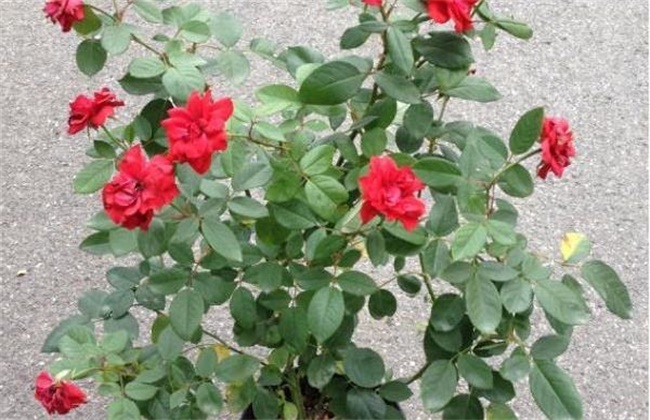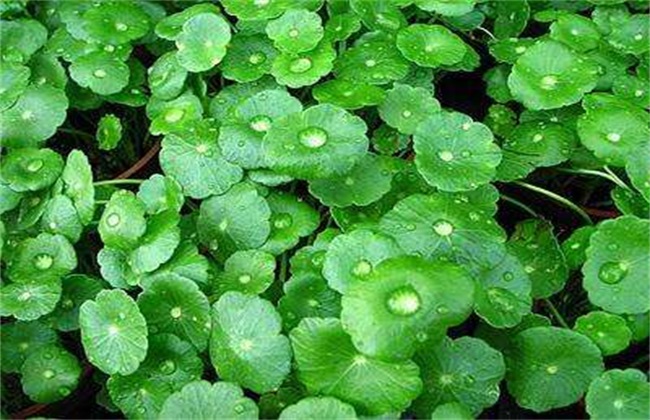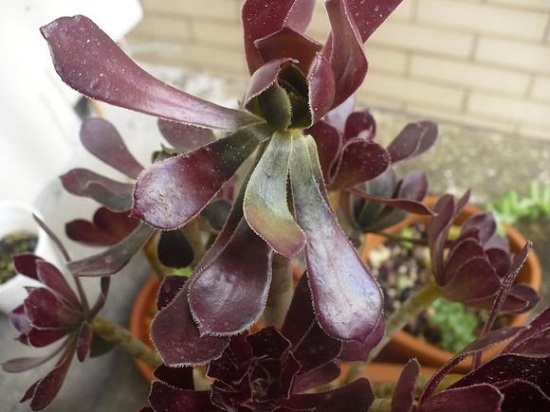Rose breeding methods and precautions
Rose, also known as Yueyuehong and Catharanthus roseus, is native to China. It has been cultivated for more than 2000 years. It was introduced into Europe in the 18th century, and was repeatedly crossed with European rose for directional cultivation and artificial selection, and many excellent varieties were selected. So how to raise rose? Let's take a look.

1. Selection of basin soil
The flowerpot for cultivation is better to have good permeability, the ordinary mud pot is better, the new one should be soaked with water before use, and the large pot should be changed gradually as the plant grows up. Rose likes fertile soil and is afraid of drought and stagnant water, so we must choose sandy loam with loose soil, rich in organic matter, good drainage and aeration, and the pH value can be planted in the range of 5.6-7.2, but the slightly acidic to slightly alkaline soil of 6.8-7.2 is better. It can also be prepared with garden soil, garbage soil and rice chaff ash at 5:3:2, plus an appropriate amount of vegetable cake.
2. Temperature and light
The most suitable temperature of rose is 18-20 degrees, so keep warm in winter and cool down in summer. In April-May and September-October, the flowering flowers are larger, petals are many, and the flowers are colourful, and when they reach more than 25 degrees, the growth will accelerate, but the flowers will not last long. The high temperature and humidity climate above 30 degrees will not only have small flowers, few petals, light color and fragrance, but also prone to various diseases and insect pests. So we should pay attention to temperature control. Rose is positive as, like plenty of sunshine, daily light should not be less than 5-6 hours, otherwise it will lead to weak branches and leaves, overgrowth, bad flowering and other conditions, generally appropriate to put in sufficient light, summer noon to appropriate shade and sunscreen.
3. Fertilizer and water management
Rose watering should grasp the principle of "no dry, no watering, watering thoroughly". Watering should be moderate in dry and wet, usually once every two days in spring, with the rise of temperature and the increase of evaporation, it is necessary to gradually increase the watering frequency, which is usually watered once in the morning and evening in summer. and often spray water to cool down. Fertilization should grasp the principle of "frequent application of thin fertilizer", avoid applying raw fertilizer and thick fertilizer, and applying a small amount of organic fertilizer in winter can enhance the ability of overwintering cold resistance, and a higher concentration of mature organic fertilizer can be applied when the bud is about to bloom. apply a dilute liquid fertilizer, and then apply a medium concentration of liquid fertilizer after flower fade, so as to promote a large number of blossoms in autumn.
4. Points for attention
Rose has strong cold tolerance and can withstand a low temperature of minus 10 degrees Celsius. Generally speaking, it is not necessary to move indoors to winter in the south, and do not prune it after it blossoms in October to prevent it from sprouting. Stop applying nitrogen fertilizer and increase the application of phosphorus and potassium fertilizer. Make the branches strong, enhance the cold resistance, do not lose water at low temperature, in order to prevent dry freezing to death. Generally, when the new shoot grows to 15-20 cm, the top of the shoot is cut off about 3 cm to promote the lateral bud germination. When the lateral branch grows to a certain length, it continues to be coring until the desired branch is reached.
The above is the introduction of rose culture methods and matters needing attention. I hope it can help you. If you want to know more about it, please follow us.
- Prev

Culture methods and matters needing attention of Rabdosia angustifolia
Culture methods and matters needing attention of Rabdosia angustifolia
- Next

What if the black mage loses his leaves? The most important thing is to find out why the black mage lost his leaves.
The self-raised black mage lost his leaves. At this time, don't worry. Let's take a look at the reason why our own black mages lost their leaves. Here are several common cases of black mages losing their leaves. Come and compare them.
Related
- Fuxing push coffee new agricultural production and marketing class: lack of small-scale processing plants
- Jujube rice field leisure farm deep ploughing Yilan for five years to create a space for organic food and play
- Nongyu Farm-A trial of organic papaya for brave women with advanced technology
- Four points for attention in the prevention and control of diseases and insect pests of edible fungi
- How to add nutrient solution to Edible Fungi
- Is there any good way to control edible fungus mites?
- Open Inoculation Technology of Edible Fungi
- Is there any clever way to use fertilizer for edible fungus in winter?
- What agents are used to kill the pathogens of edible fungi in the mushroom shed?
- Rapid drying of Edible Fungi

